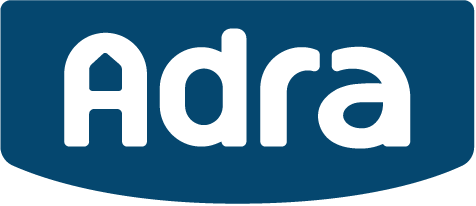Safeguarding
Safeguarding is about protecting children and adults from abuse or neglect.
It also means educating those around them to recognise the signs and dangers.
We are committed to protecting vulnerable groups and dealing with allegations, concerns and disclosures of
abuse or neglect effectively.
What to do if you’re worried about a vulnerable person
- If you identify situations of concern where there is a risk you should report it as soon as possible.
Contact us to report a concern
If out of hours (5pm-9am) contact Gwynedd Council on 01248 353551 or the relevant Local Authority.
If there is immediate concern for safety call the Emergency Services on 999.
Who is defined as vulnerable?
A vulnerable adult is somebody who is 18 or over and:
- needs community care services
- living with mental health problems
- has educational problems
- has disabilities
- are unable to take care of themselves
- are not able to protect themselves against harm and/ or exploitation
A ‘child’ or ‘young person’ is used to describe anyone under 18 years of age.
What is abuse?
Abuse may take many different forms (and includes abuse taking place in any setting, whether in a
home an insitution or any other place) including:
• Physical
• Sexual
• Emotional / psychological
• Economic and financial – including having money or other property stolen, being defrauded, being
put under pressure in relation to money or other property, having money or other property misused
• Neglect
• Discriminatory and / or hate crime
• Domestic violence
• Forced marriage
• Modern Slavery – including human trafficking, slavery, child slavery, debt bondage, servitude and forced or compulsory labour.
Full definitions of each form of abuse are in our Safeguarding Vulnerable Groups Policy. Contact us to receive a copy.
Neglect – means a failure to meet a person’s basic physical,emotional,social or psychological needs, which is likely to result in an impairment of the person’s wellbeing i.e a person’s health or a child’s development.
How to recognise abuse and neglect
There are many indicators of abuse, the indicators will vary due to the type of abuse and neglect.
• Physical abuse sufferers may show evidence of scratches, bruises, burns and scalds.
• Sexual abuse sufferers may show signs of withdrawal, difficulty in walking or sitting or a change in usual behaviour.
• Emotional or psychological sufferers may show high levels of stress or anxiety, self-harm, signs of
depression or crave affection.
• Possible indicators of financial or economic abuse include a lack of possessions such as clothing or personal items missing such as a mobile phone.
• Victims of neglect may show the following signs
– deterioration of health, rashes, sores, unsuitable clothing or untreated medical condition.
Full list of indicators and examples of abuse and neglect can be found in our Safeguarding Vulnerable Groups Policy. Contact us for a copy.
One of the most important principles of safeguarding is that it is everyone’s responsibility.
Our responsibility
We will maintain confidentiality when dealing with issues of safeguarding but may share information with partner agencies for example:
- Social Services
- Police
- Domestic Abuse Agencies
Effective sharing and exchange of relevant information between professionals is essential in order to safeguard vulnerable groups.
We will co-operate fully with other agencies and partners in dealing with safeguarding issues
